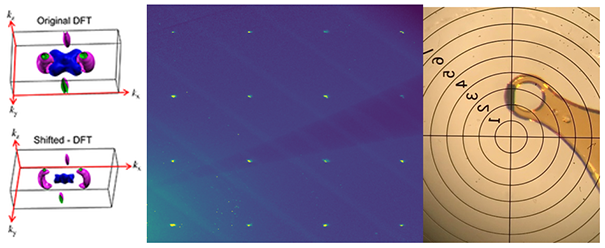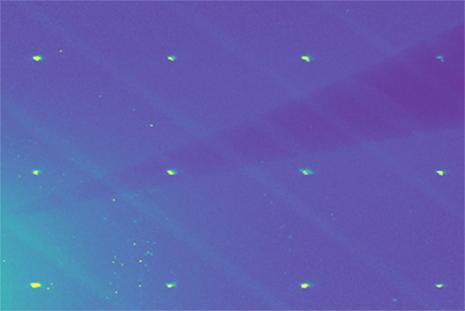Over the past decade, such strange entities as magnetic monopoles, Majorana fermions, and even Higgs modes have been predicted and identified inside materials at low temperatures. The goal of learning to manipulate these new quanta for technological purposes is a grand challenge for science, predicted to spark a "second quantum revolution". Among the intriguing zoo of new particles which exploit the topological properties of electronic wavefunctions, the Weyl fermions (which are charged, massless, and chiral) were originally postulated in the 1920s but have never been observed in high-energy physics experiments. However, compelling evidence for Weyl physics inside certain classes of semi-metals has accumulated over the past three years. The material TaAs, for example, has been shown to host special electronic band crossings ("nodes") where the quasiparticles act like Weyl fermions. Subsequently, a second type of Weyl semimetal (called "type-II") was theoretically predicted to exist in the material MoTe2. Weyl semi-metals are predicted to host Fermi surface lines with non-trivial topological properties at the material surface. Initial support for the type-II Weyl picture of MoTe2 has been published in the form of ARPES experiments, but the full, bulk electronic structure was until recently unknown.

Seeking to conclusively answer whether type-II Weyl particles really lurk inside MoTe2, a team of researchers (lead by Luis Balicas of the National High Magnetic Field Lab and first author Daniel Rhodes of Columbia University) set out to fully understand the low temperature electronic structure of this material using a comprehensive suite of experimental probes. Critical to this investigation was the combination of data collected at several large user facilities, including quantum oscillations measurements collected at the magnet labs in Florida and Dresden, and low-temperature micro-crystallography performed at the Cornell High Energy Synchrotron Source. (CHESS and the NHMFL are NSF-DMR supported facilities.) Combining the resources of these cutting-edge laboratories, Rhodes and co-workers were able to show that the Fermi surface of MoTe2, which governs the exotic electronic properties, is distinct from the theoretical predictions. Corrections to the theoretically proposed band structure are necessary to reconcile the low temperature structure measured at CHESS, the quantum oscillations measured at the magnet lab, and the ARPES results published previously. Unfortunately for enthusiasts of exotic new particles, these corrections result would suggest the non-existence of Weyl points in MoTe2. Although it remains possible that exotic electronic correlations might be responsible for the disagreement, the new results suggest that the interpretation of recent ARPES results should be revisited.
The research by Rhodes et al. was recently published in Physical Review B as an Editor's Suggestion:
Bulk Fermi surface of the Weyl type-II semimetallic candidate γ−MoTe2
D. Rhodes, R. Schönemann, N. Aryal, Q. Zhou, Q. R. Zhang, E. Kampert, Y.-C. Chiu, Y. Lai, Y. Shimura, G. T. McCandless, J. Y. Chan, D. W. Paley, J. Lee, A. D. Finke, J. P. C. Ruff, S. Das, E. Manousakis, and L. Balicas.
Phys. Rev. B 96, 165134 (2017) https://doi.org/10.1103/PhysRevB.96.165134
